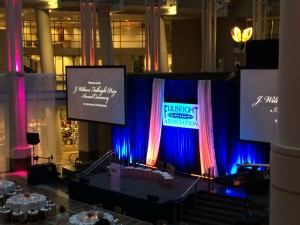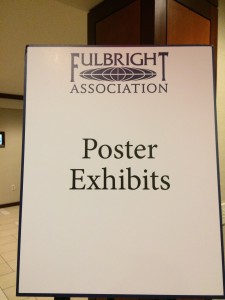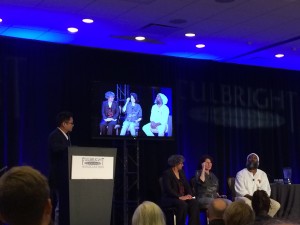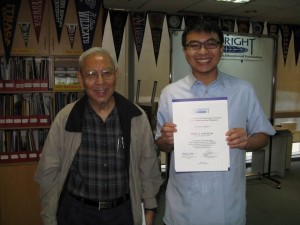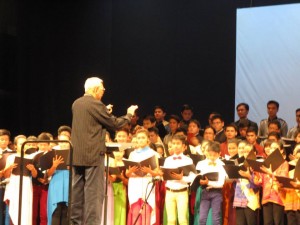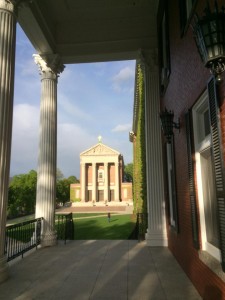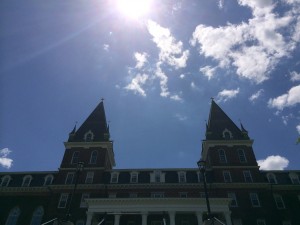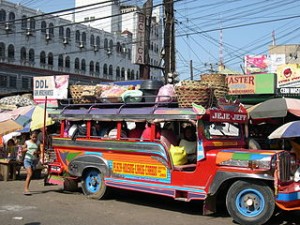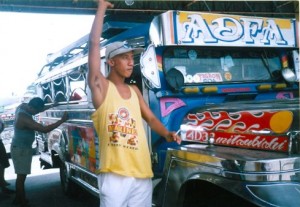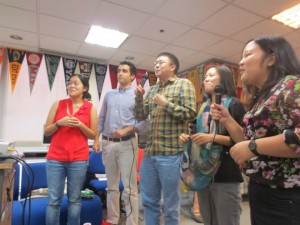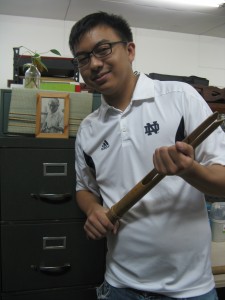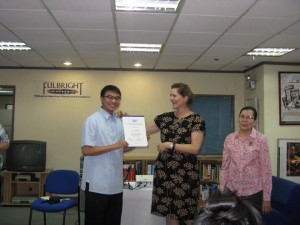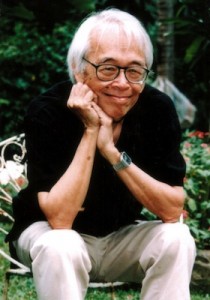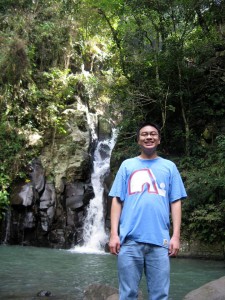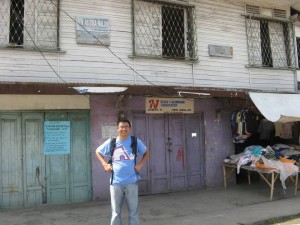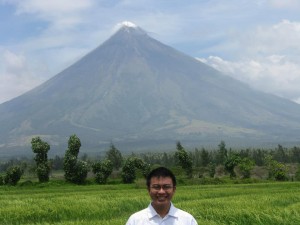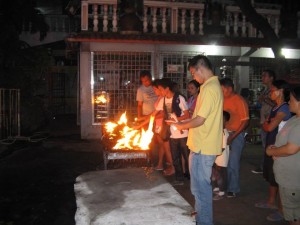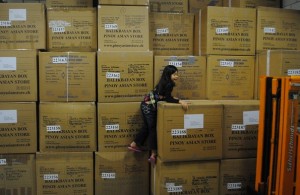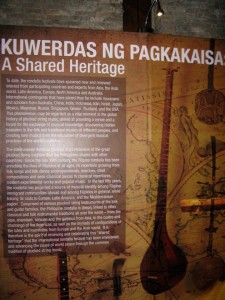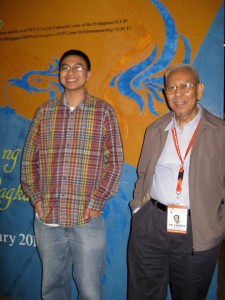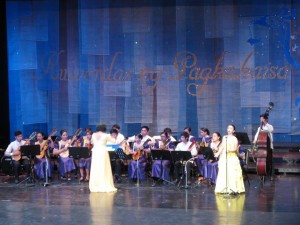This past weekend I had the privilege of attending the Fulbright Alumni Conference in D.C. Alumni came from all over the world and spanned generations of Fulbrighters. I was particularly amazed to see an American Fulbrighter to France, 1950, undoubtedly among the first of a generation of Fulbrighters since the program’s inception in 1946. I was equally impressed by the number of fields represented at the conference, everything ranging from academia, legal work, journalism, and the arts. Despite all the differences in experience, age, and profession, everyone at the conference cherished the same commitment to mutual understanding and exchange between nations and bring what Senator J. William Fulbright called “a little more knowledge, a little more reason, and a little more compassion into world affairs.”
Presenters at the conference were just inspiring, sharing a wealth of experience both during and after their time as grantees. One grantee to Latin America helped to bring a journalism program to poorer areas to increase agency and information in underrepresented areas. Another grantee put on an innovative stage production of Spring Awakening (which struck a chord with me as I did the same musical my senior year at Holy Cross) in South Africa that changed the setting of the musical from Germany to South Africa and gave it a distinctive South African feel through language (some dialogue and lyrics were changed to Xhosa and Afrikaans) and sets (the backdrop was a distinctly South African tree) allowing the South Africans who took part in the production to be part of an experience reflective of their diverse culture. Altogether, the presentations showed a beautiful canvas of experience, people committed to their craft and making it not just a point of individual accomplishment but also a point of connection towards dialogue and mutual respect for others across the globe. I also found new understanding that the Fulbright grant does not end at the conclusion of the grant. It keeps going. Their experiences, like my own, cannot be summed up into one idea, one 9 month period, nor a piece of paper that summarizes grant activities; instead, the Fulbright grant is a continuing and growing commitment to getting “a little more knowledge, a little more reason, and a little more compassion into world affairs.”
It was a great time to reflect on my grant with alumni of the program and work towards a new understanding of where to go after the grant. It was inspiring to see alumni of this program who continue to draw on their experiences. Their lives have been inexorably changed by the exchanges and experiences they had in their respective countries. The Fulbright experience becomes much like a garden. It is an event and turning point that must be grown and cultivated, reaching into the hearts of many in different fields and walks of life. The theme of the conference was to dare, dare to do something different. I can only hope that I dare to respond to the inspiring stories I heard this past weekend. Bahala Na (God Willing)

